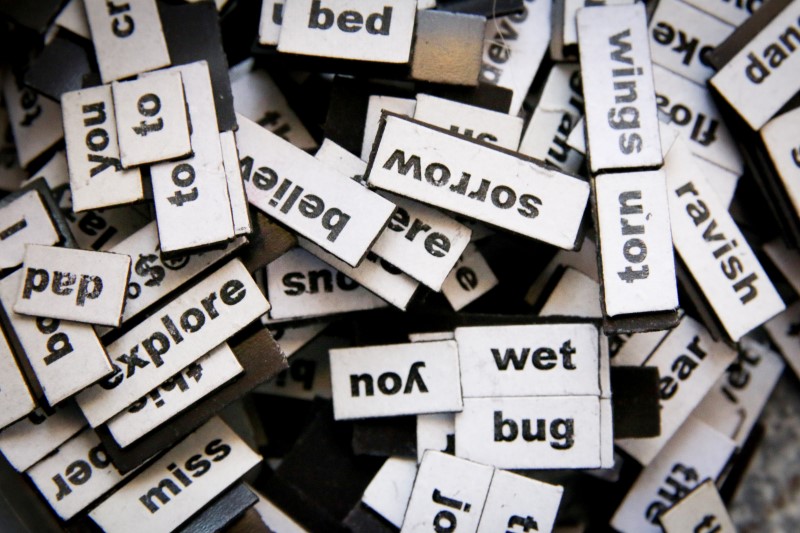When we are trying to persuade someone of something – to buy in to our idea or our product; to give us a job; to sign up as a client – we need to get them to trust us. We need them to understand that we want the same things: you want them to know that they can trust you not to let them down because failure for them means failure for you, too. Showing clear benefits is important, but the language you use to do that can make your job of persuading people so much easier.
So, the tone we want to set is one of “togetherness”. We want to reassure our listeners that we share the same hopes and dreams, fears and worries. We want to show them our values are aligned. And one of the easiest ways to do that is through language.
When we use the same words and phrases as a listener would use, they are subconsciously hearing: I’m one of you. I’m just like you. We care about the same things, and you can trust me to care about you.
When you’re preparing for a presentation, the first step is to do the background work and establish who your audience are. What do they already know about your topic? What do they care about? What problem do they have that you can offer a solution to? Go on to their company website and social media accounts to research the values and vision for their business. Look for phrases that come up often, and build them in to your own speech. By dropping these words in frequently, you’re sending them that message: I’m one of you. I’m in your gang. You can trust me.
Likewise, if you’re interviewing for a new role, do your homework. Scour the job spec for the “buzzwords” that come up again and again. Research your interviewer: have they written any posts or articles that give you a clue as to the type of language they use? Write these words down and make them part of your vocabulary. Drop these words in throughout your responses and send them the signal: I’m already one of you!
Speaking persuasively is an art, and being clever about the words you use will help you hone your skill as a presenter, and improve your chances of success in an interview.
If you’d like help identifying the language you should be using in your next presentation or interview, GET IN TOUCH.

